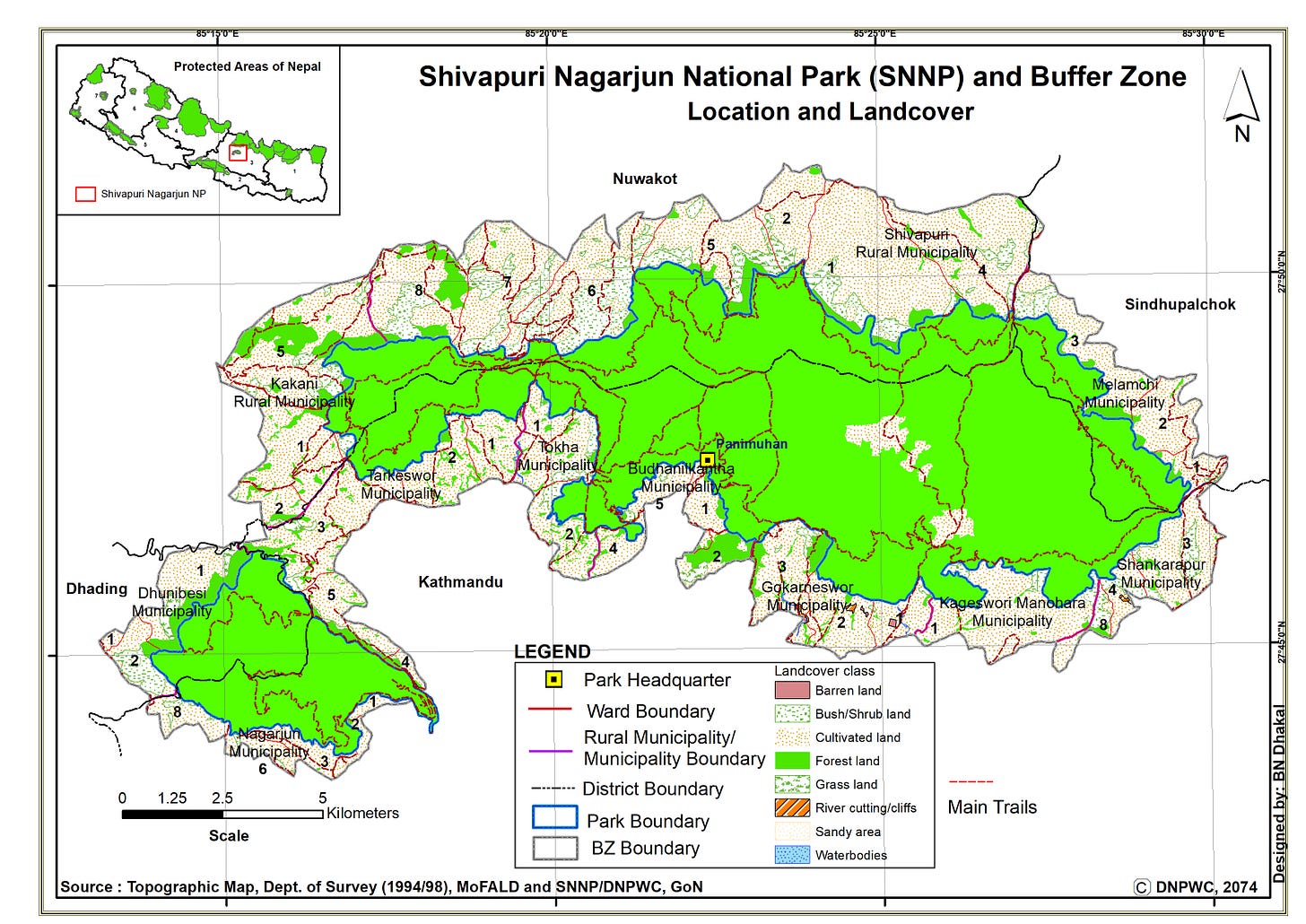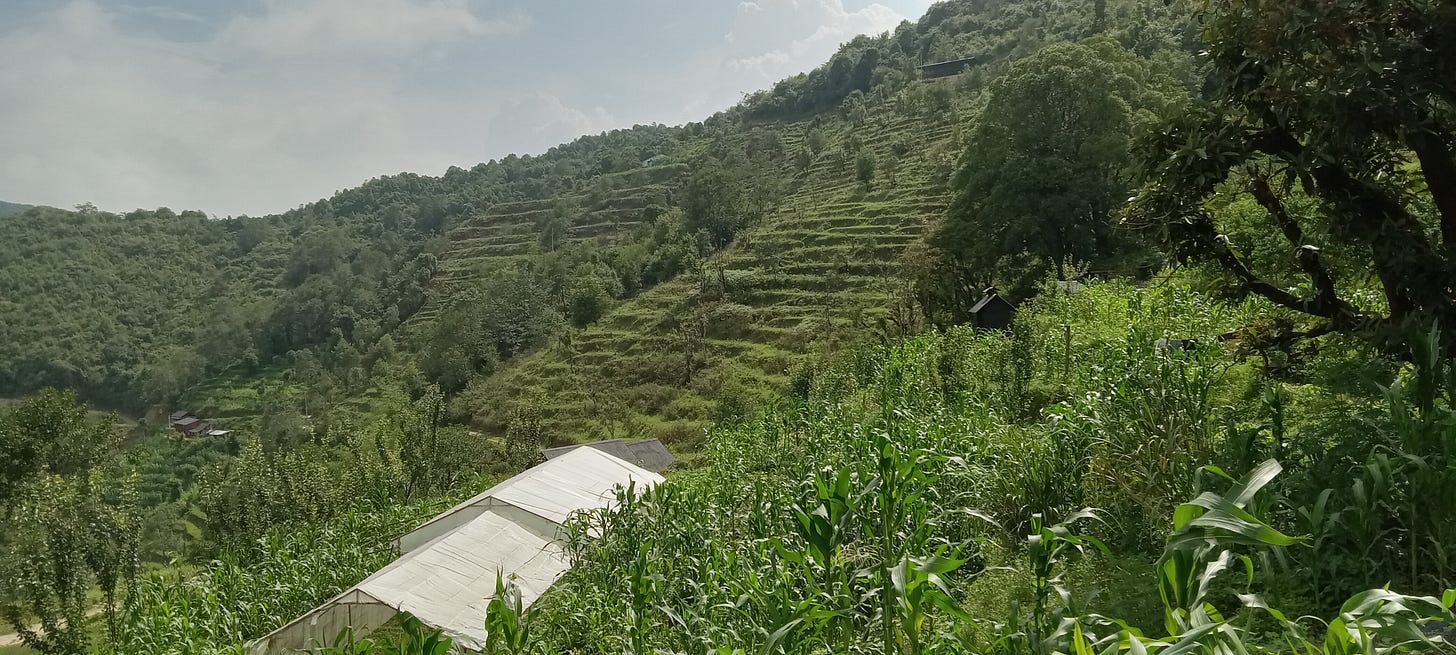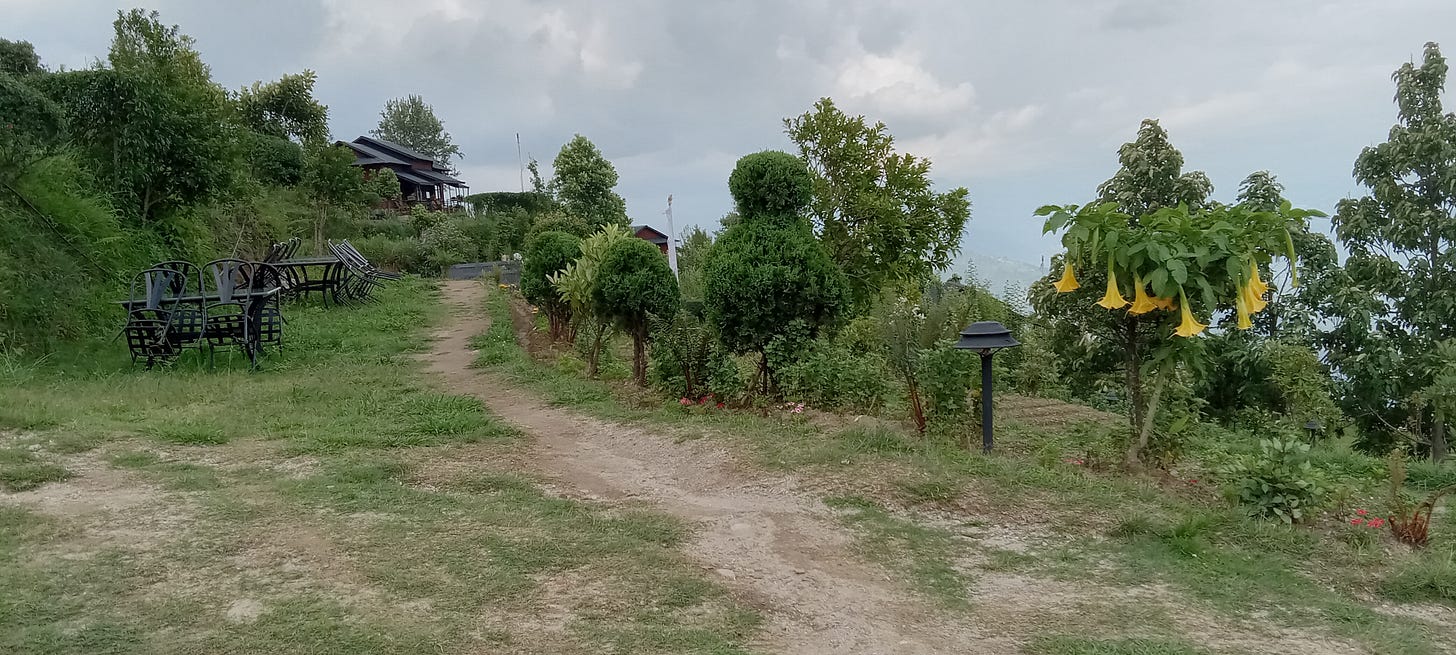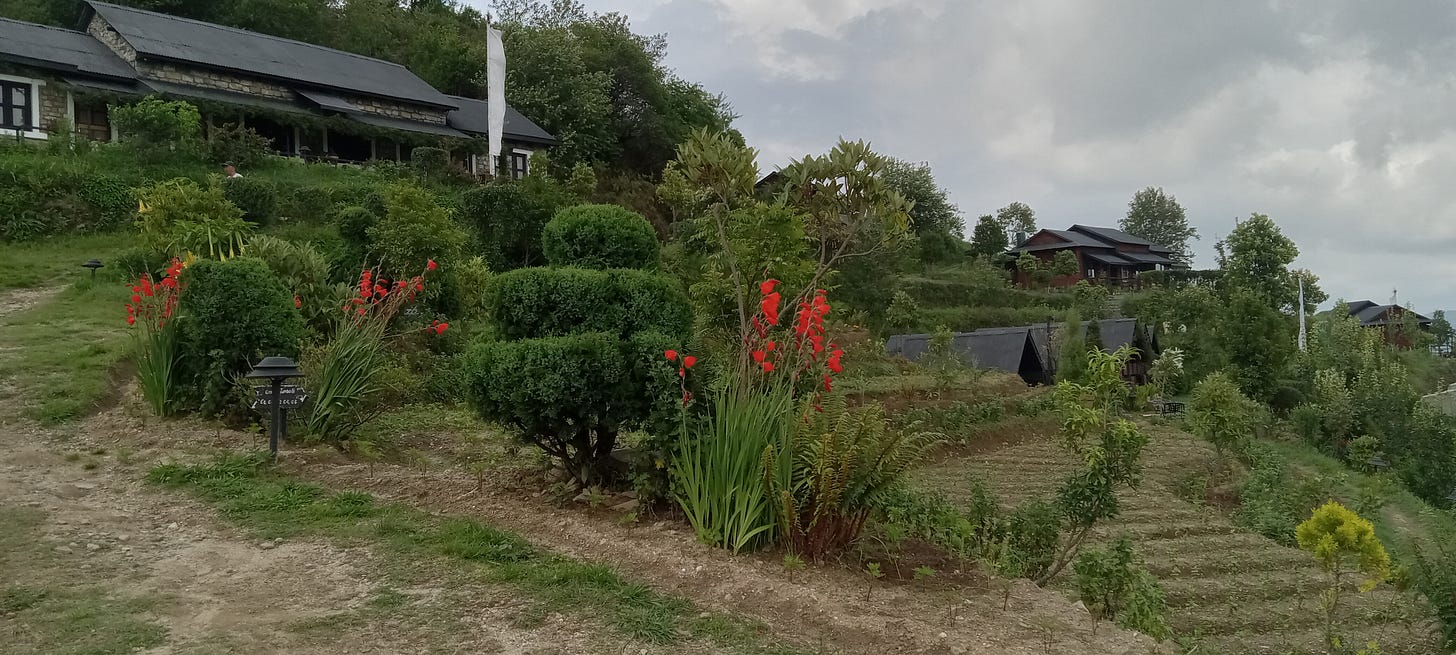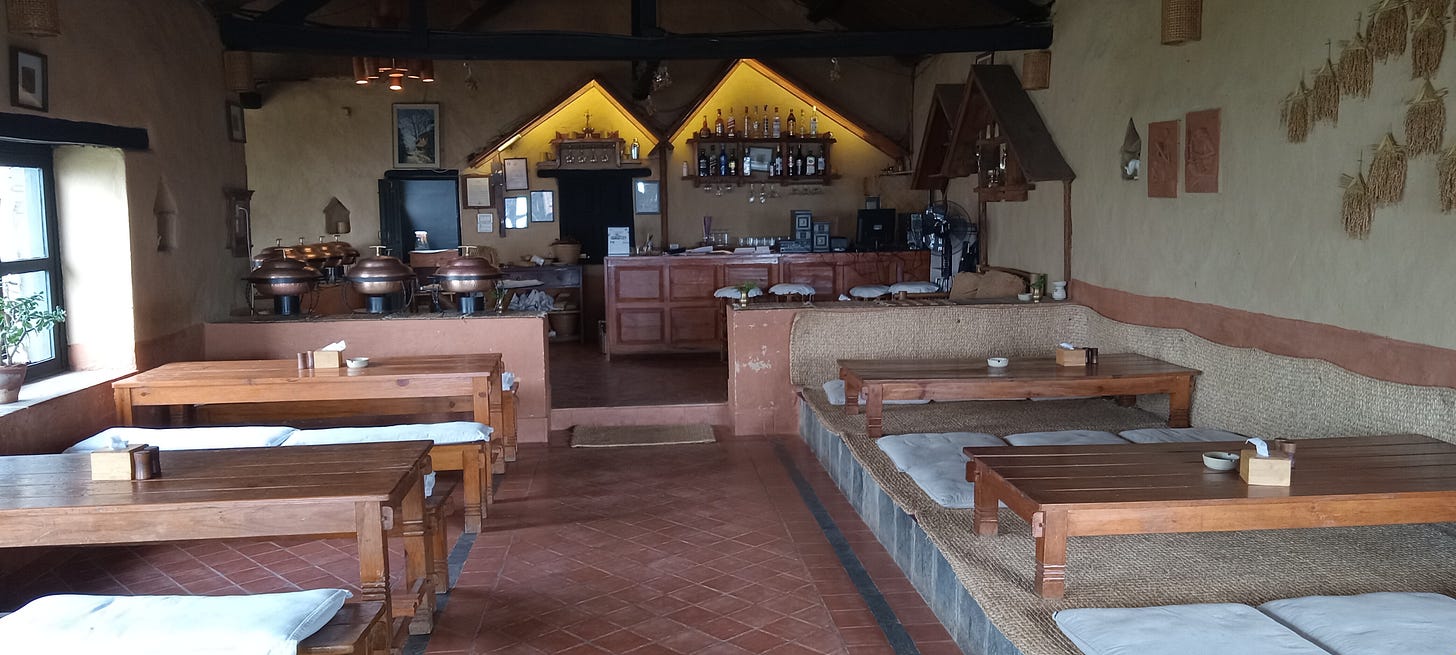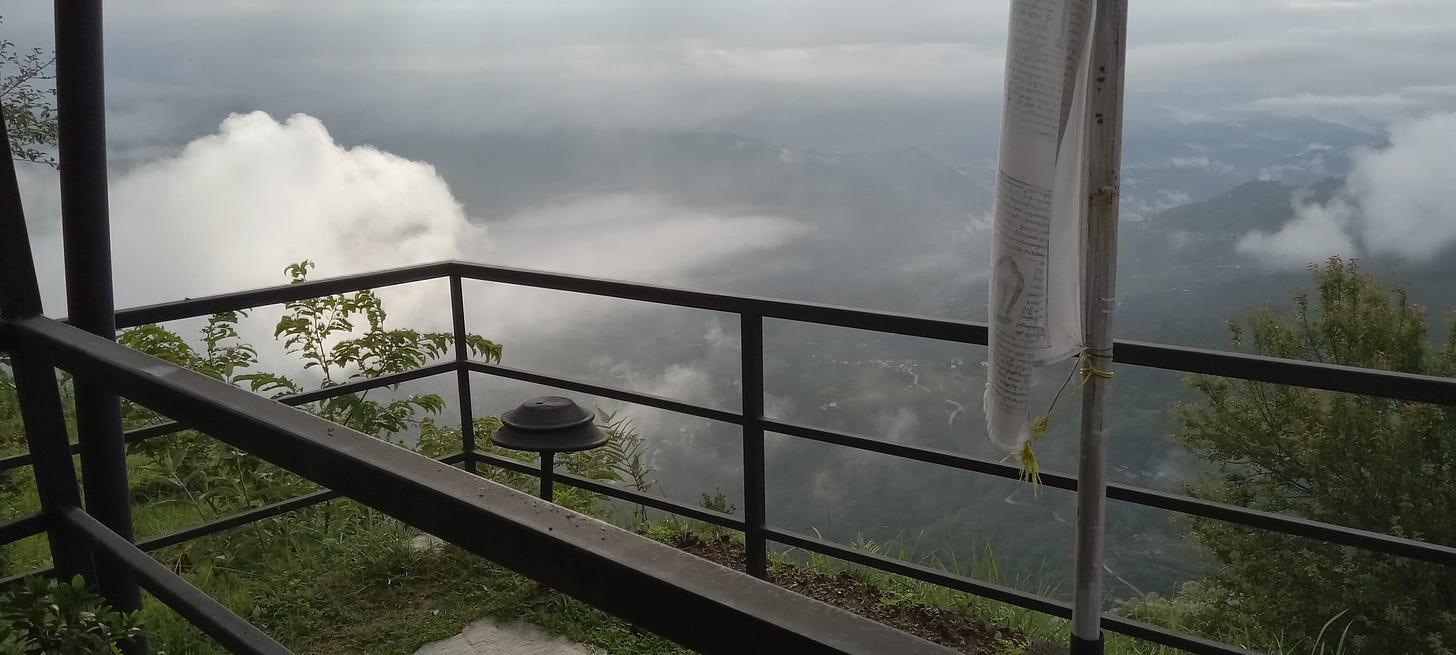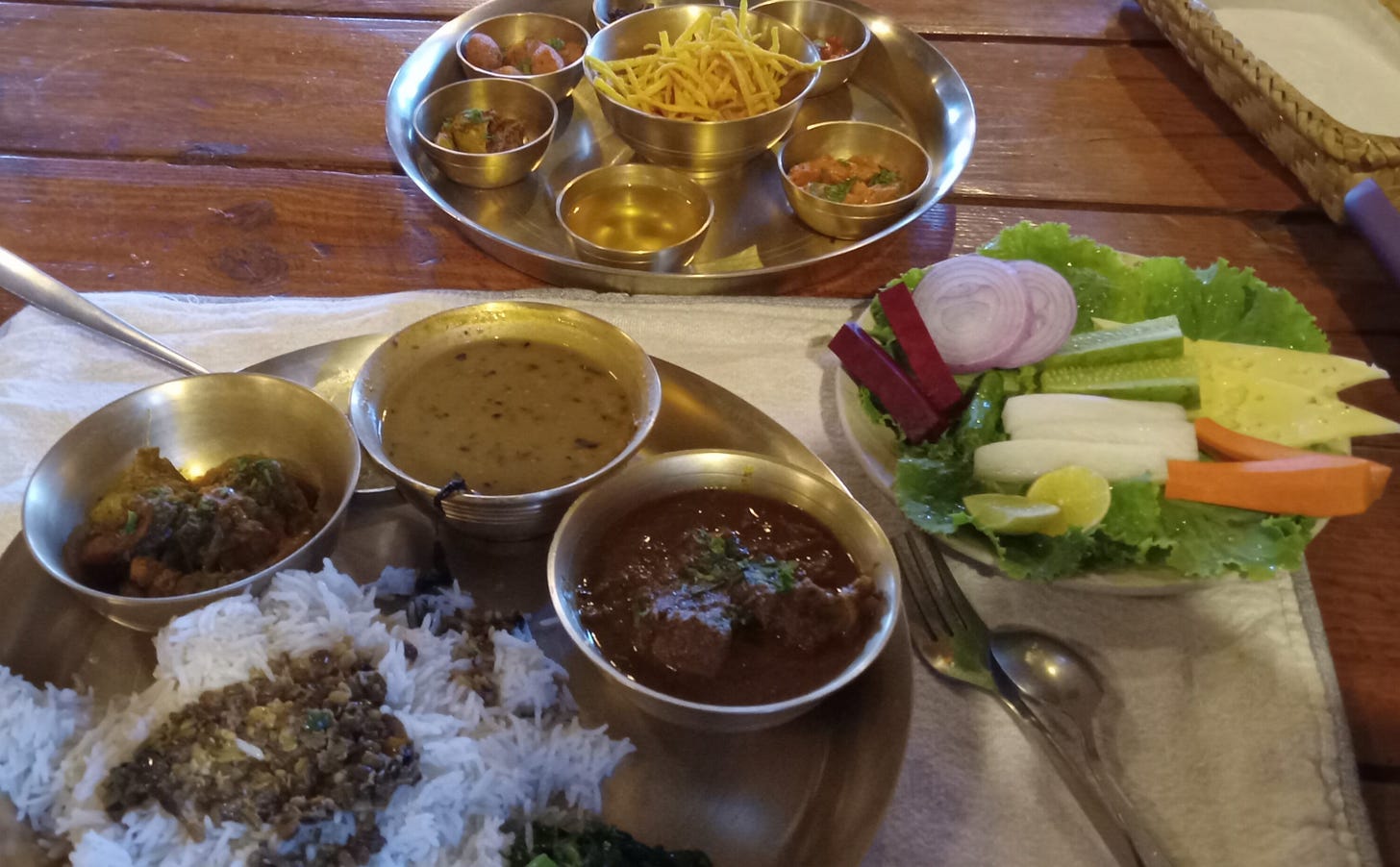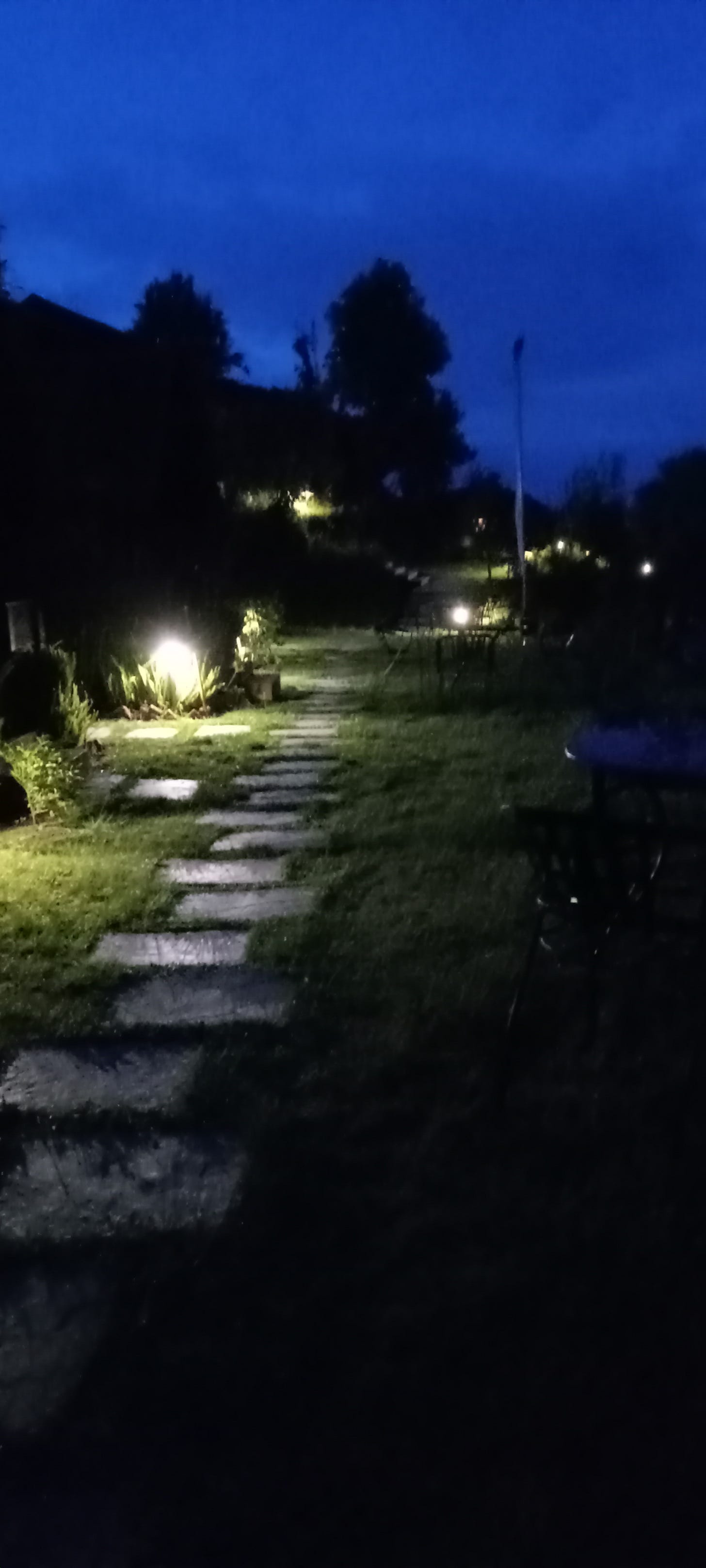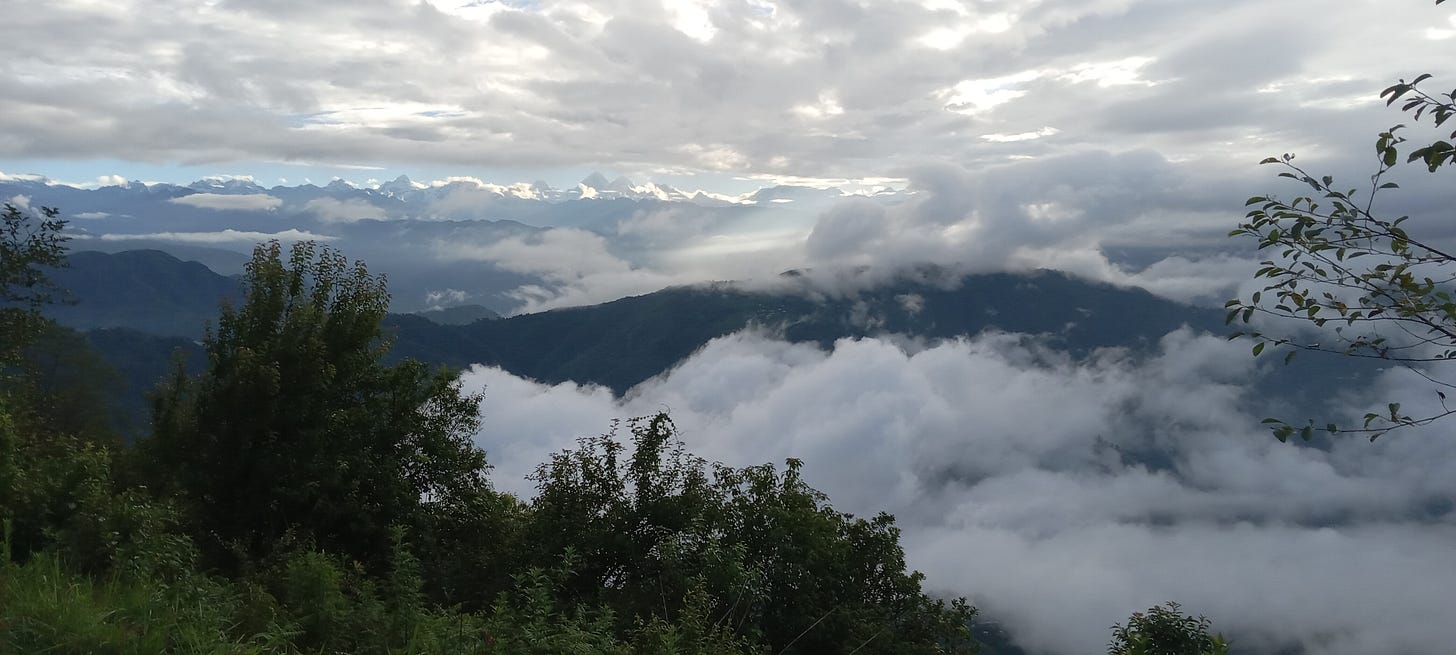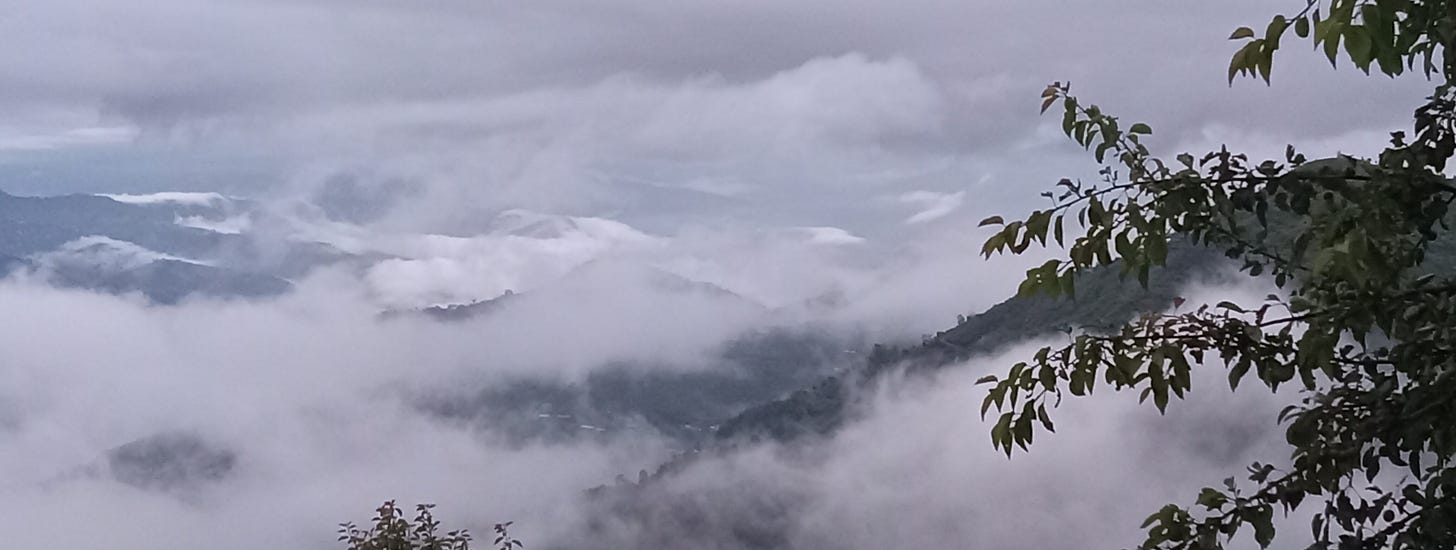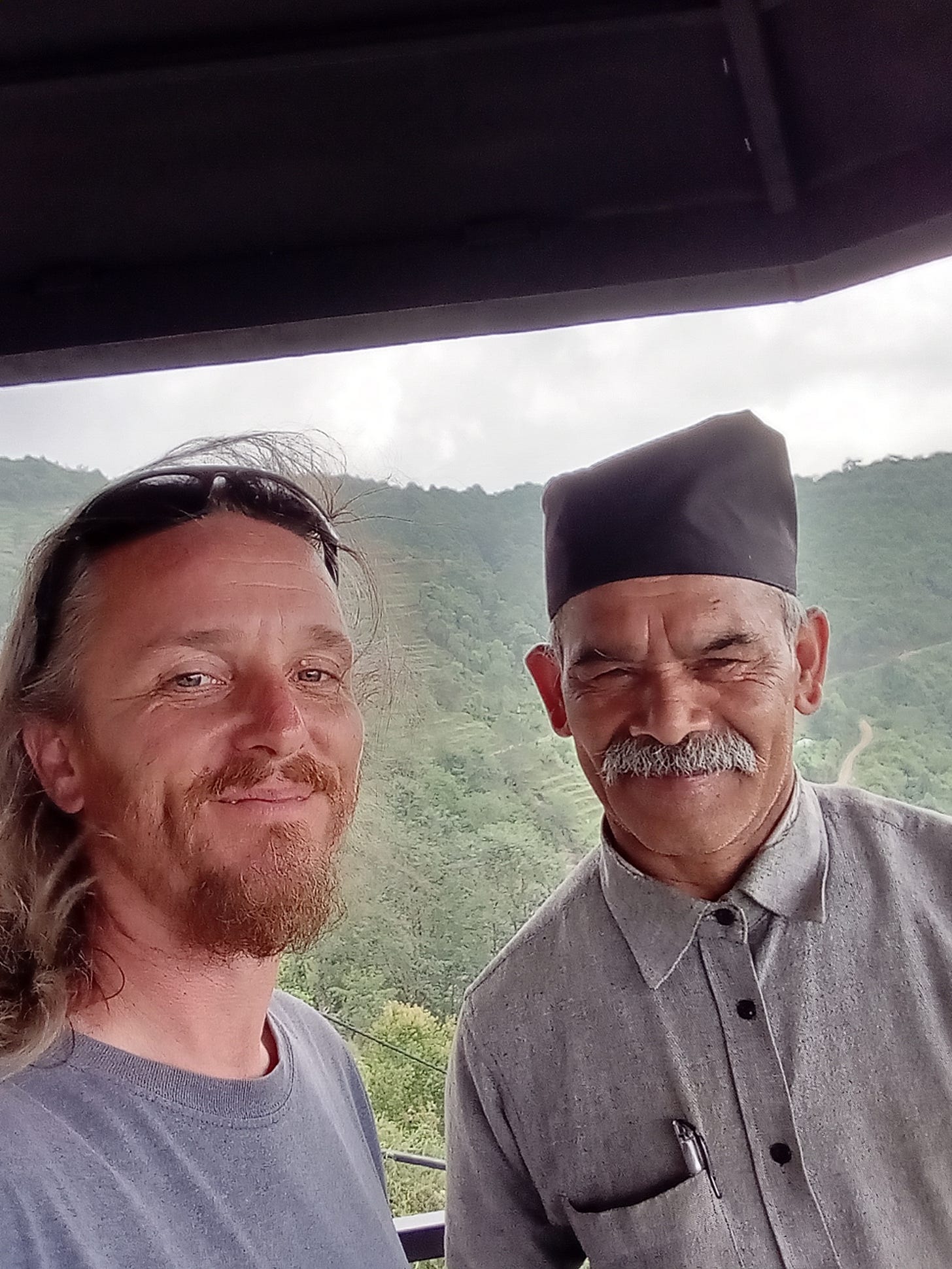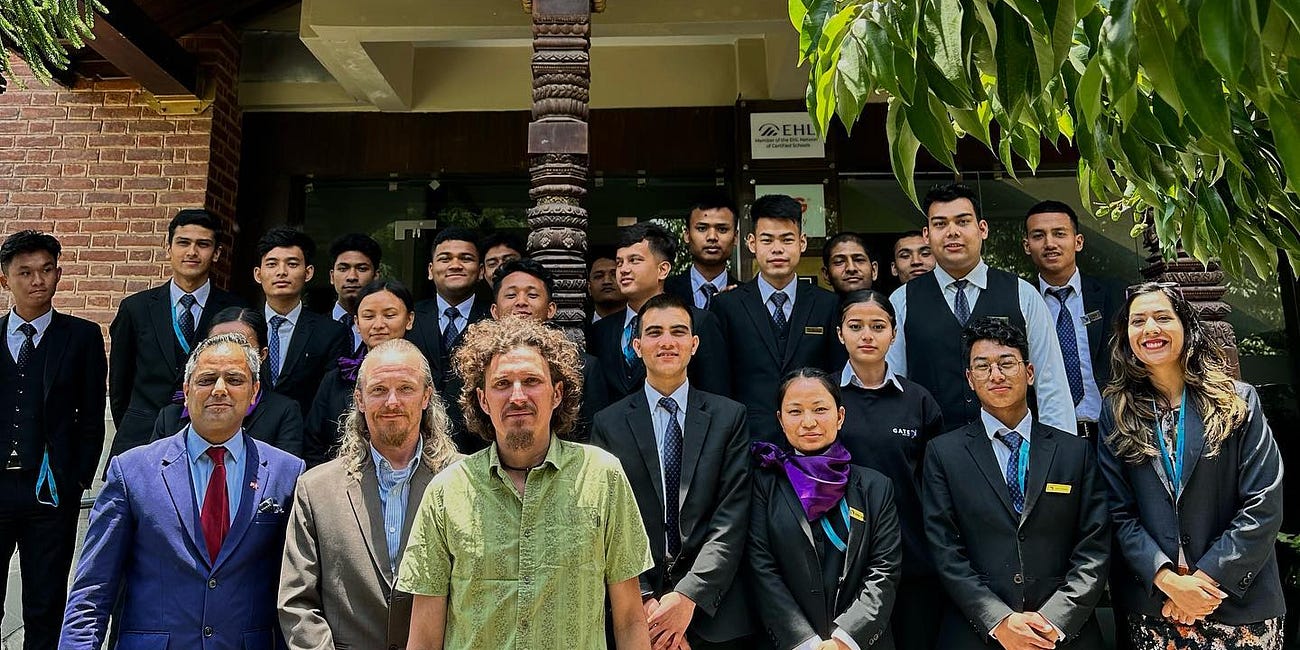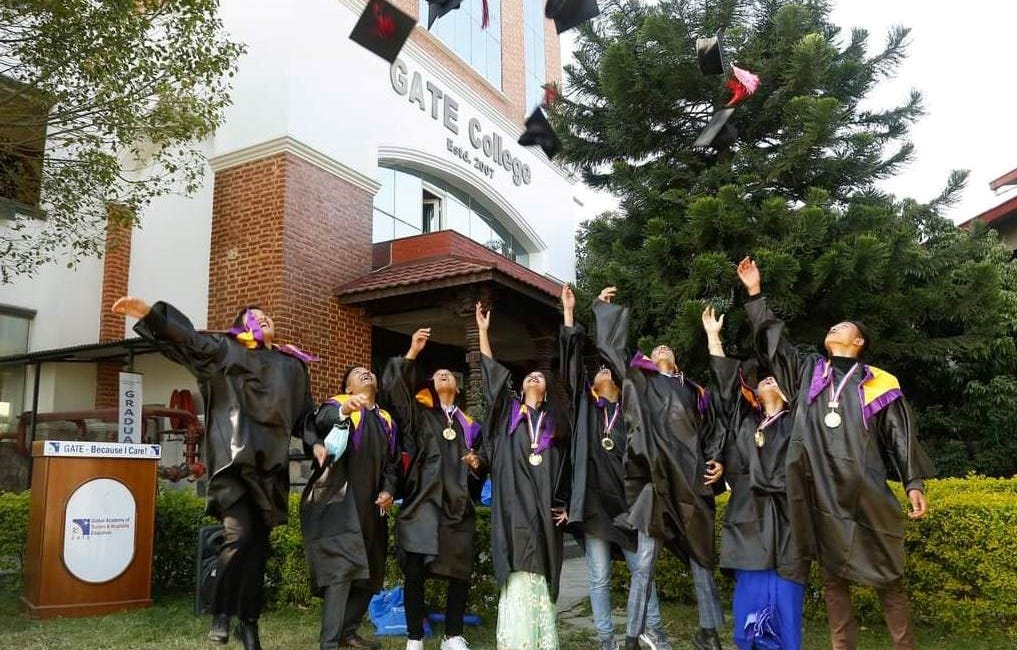Prakriti Resort and Organic Farm
A Spectacular Destination Nestled within Shivapuri Nagarjun National Park, Nepal
Visit the Evidence Files Facebook and YouTube pages; Like, Follow, Subscribe or Share!
Shivapuri Nagarjun National Park is located at the north end of Kathmandu Valley in Nepal. Established in 2002, it is the 9th national park as set forth by the Department of National Parks and Wildlife Conservation under the Ministry of Forests and Environment. Covering 159 sq. km, the park lies in a transition zone between subtropical and temperate climates. Numerous species of birds and butterflies occupy the skies, including some endangered species. In the forests one might find black bears, leopards, various other jungle cats, and rhesus monkeys. Shivapuri provides drinking water to Kathmandu, pumping out nearly 30 million liters per day from several rivers, such as the Bagmati and Bishnumati.
Preservation of the park relies heavily on local community participants and other stakeholders. In an effort to combat the environmental degradation resultant from burgeoning populations and demands for resources, the Government of Nepal instituted a buffer zone between the main area of the park and the city below. This area provides forest products to the local community, but in a controlled fashion. A portion of the income received from the distribution of these resources is then allocated to locals who work toward maintaining the bio-diversity of the park. In addition, the many stakeholders engage in conservation education programs to help find the balance between utilizing local resources and properly conserving them.
Nepal’s government has also funded programs to further these goals. One example includes the Naturebase Tourism Program. Funds for this program go toward developing trekking trails, rest houses and bathrooms for tourists, signage to keep hikers out of pristine areas, and promotional materials. It has also budgeted nearly 400 million NPS for general wildlife and zoological conservation for all of its national parks. The National Parks and Reserve Program has allocated 1.6 billion NPS toward the establishment and maintenance of 12 National Parks, 1 Wildlife Reserve, 1 Hunting Reserve, and 6 Conservation Areas.
Shivapuri Nagarjun National Park - All photos by author
I visited Shivapuri Nagarjun National Park recently, and had the opportunity to meet one stakeholder who has taken great strides in promoting ecologically friendly tourism. Prakriti Resort and Organic Farm rests basically in the middle of the park at approximately 6,670 feet (2,033 m) elevation. Covering 50 acres, the resort hosts a series of bungalow-styled cabins for tourists, a main dining and welcome lodge, a tea garden, along with step after step of hilly farmland. To the south, forested hills surround the farm while the mighty Himalayas span the northern side.
Prakriti Resort
Upon arriving, the staff heartily greeted me in the main hall, offering me a refreshment after the somewhat arduous 2-hour journey over the rough roads of the national park. Foreign tourists will be delighted to know that staff members speak English extremely well. Prakriti offers a variety of coffees, teas, fruit drinks (homemade), soda, beer, and whisky. My greeters played some local music as well as globally-known pop songs while I settled in, though the pristine silence of the place compared to Kathmandu was far more appetizing. A couple of friendly cats and kittens whom the staff care for also came by to say hello.
Main dining hall
Once I finished enjoying my welcoming drink and conversation, one gentleman led me to a perfect little room, replete with a very nice bathroom and sitting area. The best feature of the room, however, was its patio out front facing the vast splendor of the valley below and the hills beyond.
View from the front patio
As an eco-friendly tourist destination, Prakriti resort makes every effort to provide an outstanding getaway without causing undue damage to the environment. Much of the food served is cultivated right on-site, prepared in a fashion consistent with the local culture of the area. My very reasonable fee for the room included both breakfast and dinner, each of which satisfied to the highest level. Both had veg and non-veg offerings.
Nepali-styled dinner
After dinner, the evening gave way to cool temperatures and absolutely stunning views. Lighted paths ensured easy travel throughout the resort area and added to the quiet ambiance of this remote destination.
The path along the cottages
Having visited during the monsoon season, the views changed minute-by-minute as clouds rolled through regularly. The cloud cover gave the impression of flying, despite my feet remaining firmly planted on the ground. Nevertheless, during the moments of clear skies, the mighty Himalayas showed themselves.
I spent a mere three days at this wonderful place—not nearly enough. To make my way there, a very generous friend drove me by motorbike, a 2-hour trip from the heart of Kathmandu. The road is rather challenging, especially when it rains, so it requires a bike or SUV. Prakriti Resort does offer a vehicle service or, if one is so inclined, it is possible to walk there. From the nearest village below, it is only about an 8 km hike, though it is uphill on uneven terrain and probably not for the unconditioned. Whatever way visitors travel there, the journey is as fascinating as the destination. The winding road is twice the distance of the hike and offers many spectacular glimpses of the valley, traverses waterfalls and rivers, and meanders through heavily forested areas. At the end, the prize is a wonderful greeting, excellent food and accommodations, and breathtaking views.
For the history of this fabulous resort, visit their website. For booking, call +977 1 4533151 / 9801041896, or email them at info@prakritiresort.com. For more extraordinary photos or information, you can also visit their Instagram page.
The author with one of the caretakers of the resort.
Prakriti Resort did not provide any compensation for this article, nor did they know I was going to write it. This is based entirely on my opinion of the lovely experience I enjoyed while there.
***
I am a Certified Forensic Computer Examiner, Certified Crime Analyst, Certified Fraud Examiner, and Certified Financial Crimes Investigator with a Juris Doctor and a master’s degree in history. I spent 10 years working in the New York State Division of Criminal Justice as Senior Analyst and Investigator. Today, I teach Cybersecurity, Ethical Hacking, and Digital Forensics at Softwarica College of IT and E-Commerce in Nepal. In addition, I offer training on Financial Crime Prevention and Investigation. I was a firefighter before I joined law enforcement and now I currently run a non-profit that uses mobile applications and other technologies to create Early Alert Systems for natural disasters for people living in remote or poor areas.
Find more about me on Instagram, Facebook, Twitter, LinkedIn, or Mastodon. Or visit my EALS Global Foundation’s webpage page here.
To read installments in the series Sustainability in Tourism, Hospitality, Education, and Agriculture, see below.
Pushing the Limits to Create a more Sustainable World
Life fascinates sometimes. By virtue of my stay in Nepal, I had the great fortune to meet Professor (Assistant) Michal Apollo from the Institute of Earth Sciences, University of Silesia in Katowice, Poland, and a Fellow of Yale University’s Global Justice Program, New Haven, USA.
Cross-Cultural Communication for Sustainable & Regenerative Tourism
NHL Stenden University of Applied Sciences is located in Leeuwarden, Netherlands. A truly international school, it partners with institutes as far away as South Africa. One of its partnerships includes the Global Academy of Tourism and Hospitality Education (
Sustainability through Compassionate Education
This is the first installment in the Sustainability in Education, Agriculture, Tourism, and Hospitality. I interviewed Mr. Khem Lakai, the Founder and President of GATE College in Kathmandu. The Global Academy of Tourism and Hospitality Education (GATE



